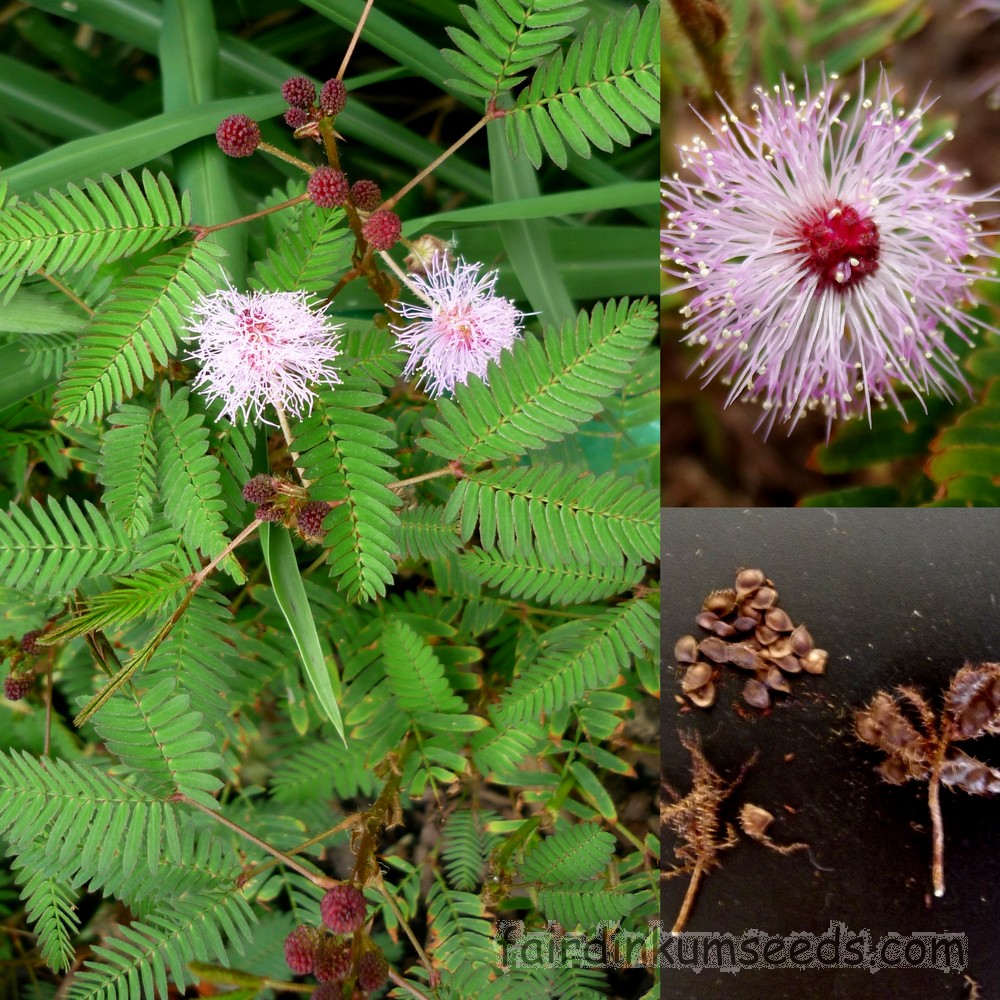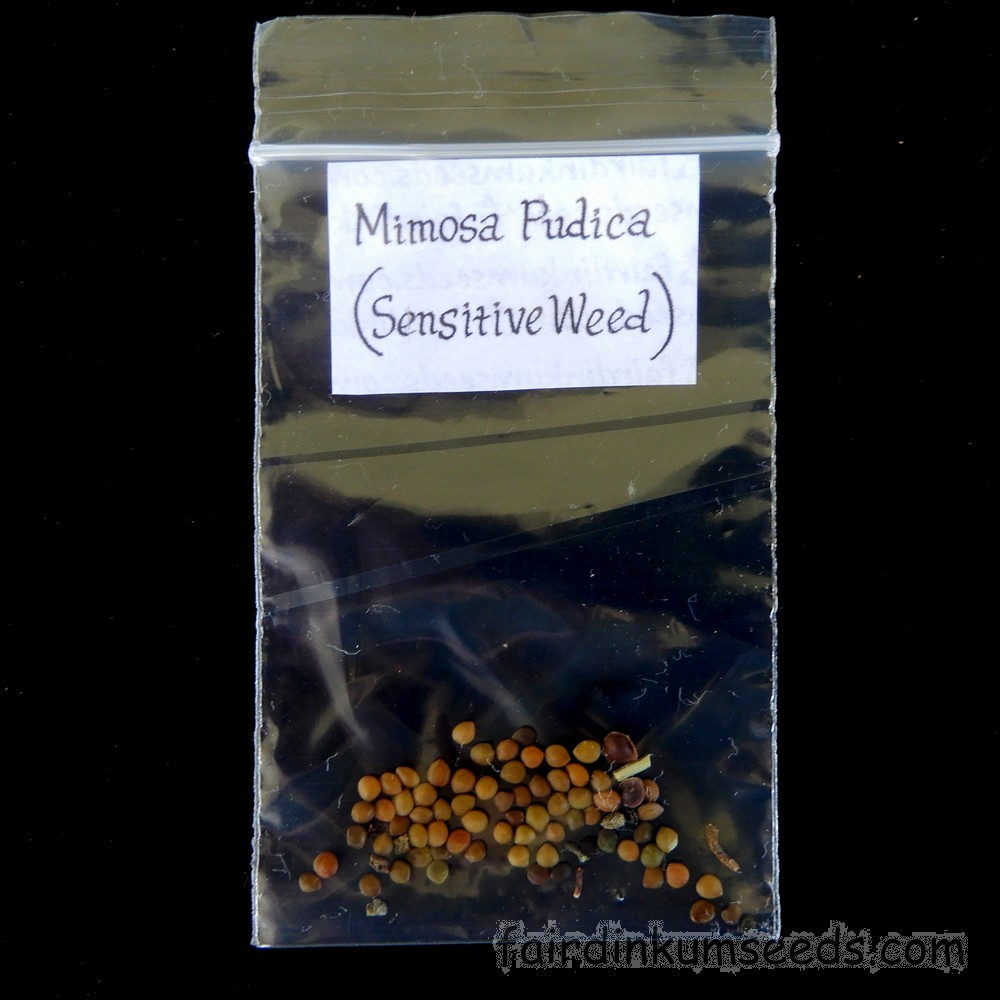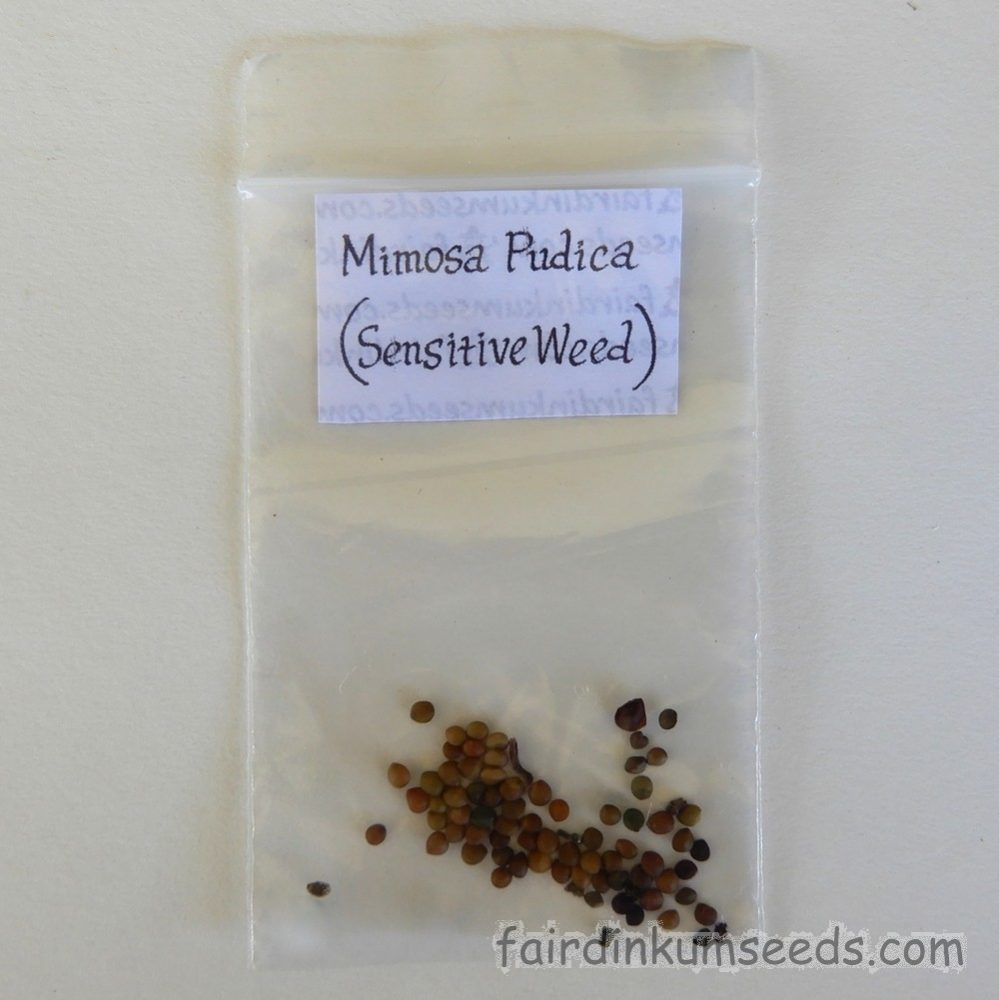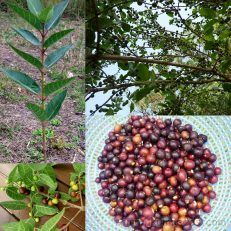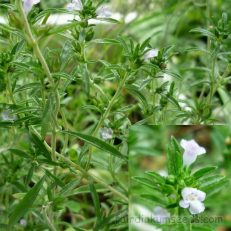Please read text!
Mimosa Pudica Sensitive Weed Touch Me Not Seeds
Packet of 50+ organically grown seeds from this very interesting little medicinal and ornamental herb!
That is more than twice as big as it was previously and I have also removed the pods making germination a little faster.
This is the smallest and easiest to grow Mimosa of all.
It has little purple pink puffball flowers and leaves that move when you touch them.
Yes, you read that correctly.
The leaves actually move when you touch them!!!
Super easy to grow, and prolific seeder, so I recommend growing them in a tub or pot so they don’t get away from you.
Considered a weed by some folks, despite their coolness…
Here is a huge chunk of data that I found online, and in no way encourage, or endorse, but do find interesting>>>
“The mimosine has potent antiproliferative and apoptotic effects.
Mimosa pudica been shown to alleviate pain, and is also used as an antispasmodic, muscle relaxant, and anti-inflammatory. A 1:1 ethanol-water extract is very effective for pain management and is currently patent pending for pain relief.
Mimosa produces an antidepressant-like profile similar to two tricyclic antidepressants Clomipramine (brand-name Anafranil®), Desipramine (brand names: Norpramin® and Pertofrane®).
Ayurveda says that its root is bitter, acrid, cooling, vulnerary, alexipharmic, and used in the treatment of leprosy, dysentery, vaginal and uterine complaints, inflammations, burning sensation, asthma, leucoderma, and fatigue and blood diseases.
Under the Unani Healthcare System its root is resolvent, alternative, and useful in the treatment of diseases arising from blood impurities and bile, bilious fevers, piles, jaundice, and leprosy etc. Decoction of root is used with water to gargle to reduce toothache.
It is very useful in diarrhea (athisaara), amoebic dysentery (raktaatisaara), bleeding piles and urinary infections.
It arrests bleeding and fastens the wound healing process. It is also used in herbal preparations for gynecological disorders.
It has been said to have medicinal properties to cure skin diseases.
It is also used in conditions like bronchitis, general weakness, impotence and to treat snake bite.
It is also used to treat many neurological problems.
Mimosa pudica has a capacity of arresting bleeding and it fastens the process of healing of most wounds.
It is recommended in diarrhea, amoebic dysentery and bleeding piles. It is also used in herbal preparations of gynecological disorders.
Its extract can cure skin diseases.
Some doctors recommend it for bronchitis, general weakness and impotence.
All five parts of the plant, leaves, flowers, stems, roots, and fruits are used as medicines in the traditional healthcare systems.
In India, different parts of the plant have been in popular use for treating various ailments since long ago.
Mimosa Pudica root is used to treat bilious fevers, piles, jaundice, leprosy, dysentery, vaginal and uterine complaints, inflammations, burning sensation, fatigue, asthma, leucoderma, and blood diseases.
Mimosa root is also commonly used for treating insomnia, irritability, premenstrual syndrome (PMS), menorrhagia, hemorrhoids, skin wounds, diarrhea, whooping cough and fevers in children, and there is some evidence to suggest that Mimosa is effective in relieving the symptoms of rheumatoid arthritis.
All parts of the plant showed very good wound healing activity.
The methanolic extract exhibited good wound healing activity probably due to presence of phenols constituents.
The antimicrobial activity of methanolic extract of Mimosa was tested against Aspergillus fumigatus, Citrobacter divergens and Klebsiella pneumonia at different concentrations of 50, 100 and 200μg/disc. The antimicrobial activity was attributed to the presence of bioactive constituents like terpenoids, flavonoids, glycosides, alkaloids, quinines, phenols, tannins, saponins and coumarin.
In animal studies Mimosa Pudica produced dose dependent, and significant inhibition of carrageenan induced paw oedema.
The analgesic activity was found to be more significant on the acetic acid induced writhing model than the tail flick model.
The presence of flavonoids in the ethanolic extract may be contributory to its analgesic action.
Decoction of Mimosa pudica leaves were given intraperitoneally at dose of 1000-4000 mg/kg which protected mice against pentylentetrazol and strychnine- induced seizures. Mimosa pudica leaf demonstrated significant antiplasmodial activity in all three models of the antimalarial evaluations.
Phytochemical screening revealed the presence of some vital antiplasmodial constituents such as terpenoids, flavonoids and alkaloids.
The leaf of Mimosa Pudica possesses strong antimalarial activity.
The ethanolic extract of the leaves of M. pudica was given by oral route at a dose of 100 mg/kg b.w.
Ethanolic extract of M. pudica, dose dependently reduce, the total acidity, ulcer index, and an increase in pH of gastric juice in pylorus ligated ulcer model.
Aqueous extract of dried roots of M. pudica was tested for inhibitory activity on lethality, phospholipase activity, edema forming activity, fibrinolytic activity and hemorrhagic activity of Naja naja and Bangarus caerulus venoms.
The aqueous extract displayed a significant inhibitory effect on the lethality, phospholipase activity, edema forming activity, fibrinolytic activity and hemorrhagic activity.
About 0.14 mg and 0.16 mg of M. pudica extracts were able to completely neutralize the lethal activity of 2LD50 of Naja naja (Forest Cobra) and Bangarus caerulus (Common Krait Snake) venoms respectively.”
Grown by me and the Mrs organically, no chems, no nasties, no dramas!!!
